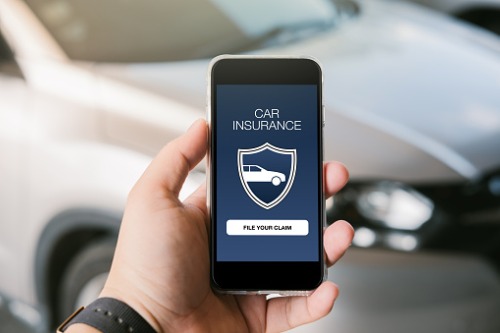

The next phase in the evolution of auto insurance claims will be heavily influenced by two key elements – telematics and vehicle build data.
Telematics tools are growing in popularity around the world. The data collected by telematics devices provides insurers and claims adjusters with information, such as: how fast a vehicle was traveling, whether there was any hard or erratic breaking, the mileage driven, as well as the GPS location of specific incidents. Vehicle build data is essentially a complete picture of what a vehicle was equipped with when it rolled off the assembly line.
William Brower, vice president of auto claims at Lexis Nexis Risk Solutions, recently included vehicle telematics and build data in a blog post entitled ‘Five auto claims trends to watch in the 2020s’. He wrote: “Historically, claims handling has been focused on the individuals involved in the loss and the police crash report to determine the loss details. Now with the addition of telematics and build data, insurance adjusters can gather key data points immediately at time of accident with a push of even more real time data integrated into the claims system.”
For true progress to be made in the telematics and vehicle build data arena, insurers have to develop stronger partnerships with automakers and original equipment manufacturers (OEMs). Brower described this relationship as a “growing co-dependence” that requires a large degree of participation from all parties.
“More and more automakers and OEMs are getting on board with this idea,” he told Insurance Business. “There’s one thing that we all have in common, whether you’re talking to an insurance professional, the OEM or a body shop, which is that we all want to make sure our shared customer receives a safe and quality repair on their damaged vehicle.”
Having vehicle build data helps insurance underwriters and claims adjusters. For underwriters, having the official DNA of the car helps with pricing the risk appropriately. It also enables them to give appropriate discounts for in-vehicle safety features, and so on. But it’s the claims space where this will be “really important,” according to Brower.
Carriers like having this data at their disposal because it supports their proactive touchpoint with their customer after an accident, and it greatly simplifies the claims process for customers. This allows carriers– specifically the adjusters - to be seen as guides who are there to hold the customer’shand through the process and help them recover from an accident.
“The build data is useful because it shows adjusters how the vehicle was originally equipped, helping them to properly estimate and value the vehicle,” Brower added. “It’s particularly important when it comes to ADAS [advanced driver assistance systems]. If a customer gets into a collision and takes their car to a body shop to get it repaired, the insurance company will want to ensure that any of the safety features on the car that should be checked following the repair are checked – even if that means the body shop needs to contact the OEM. Getting that kind of information on the claim side in the future will ensure that customers get their car back repaired and operating safely, with all of the ADAS safety features working properly.”
Having telematics and vehicle build data could also help in reducing insurance fraud, especially in terms of body shops filing bogus or inflated claims for unnecessary repairs.
Brower commented: “If an insurance company knows how a vehicle is equipped [...] if a body shop or person tries to falsify something on the vehicle or claim for a repair that the build data tells you is not on vehicle, that would raise a red flag. It would also create an alert so that the insurance company could follow up and make sure the repair work done was accurate for the incident and appropriate for the vehicle.”
